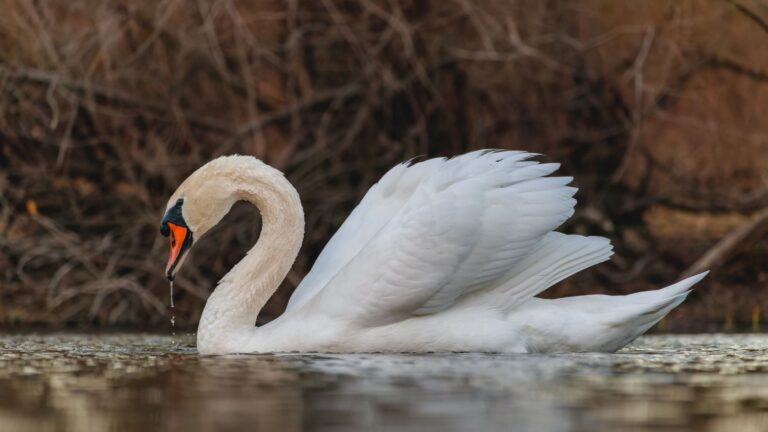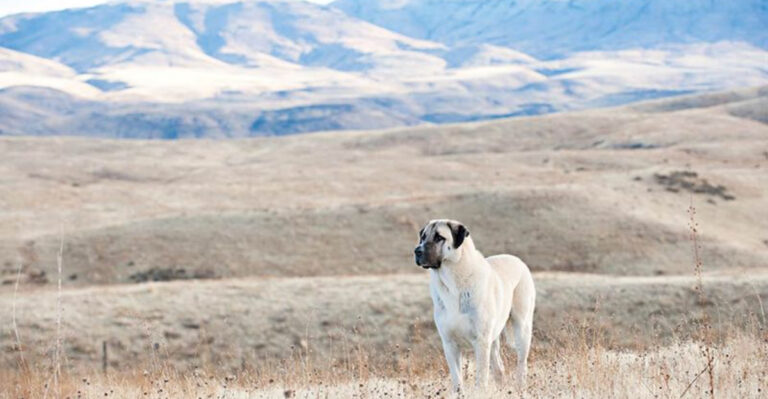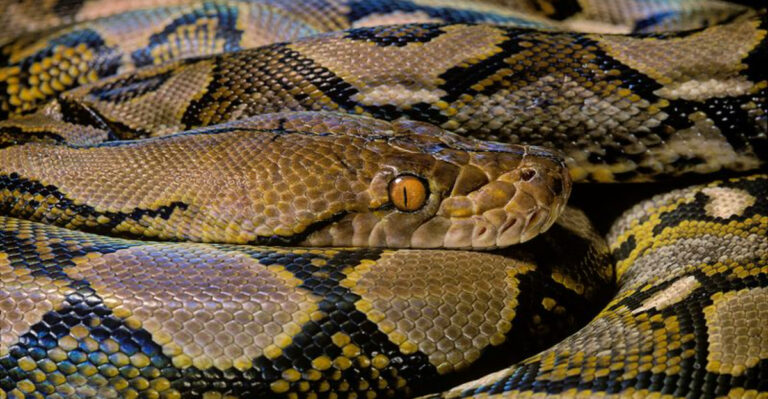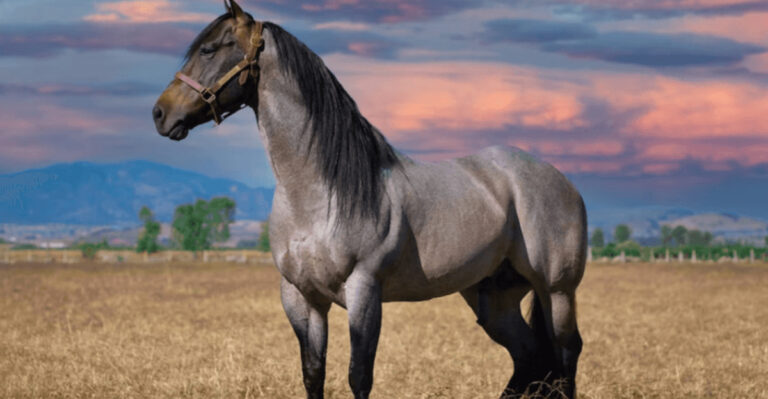21 U.S. States Where Bears Roam Wild And Free
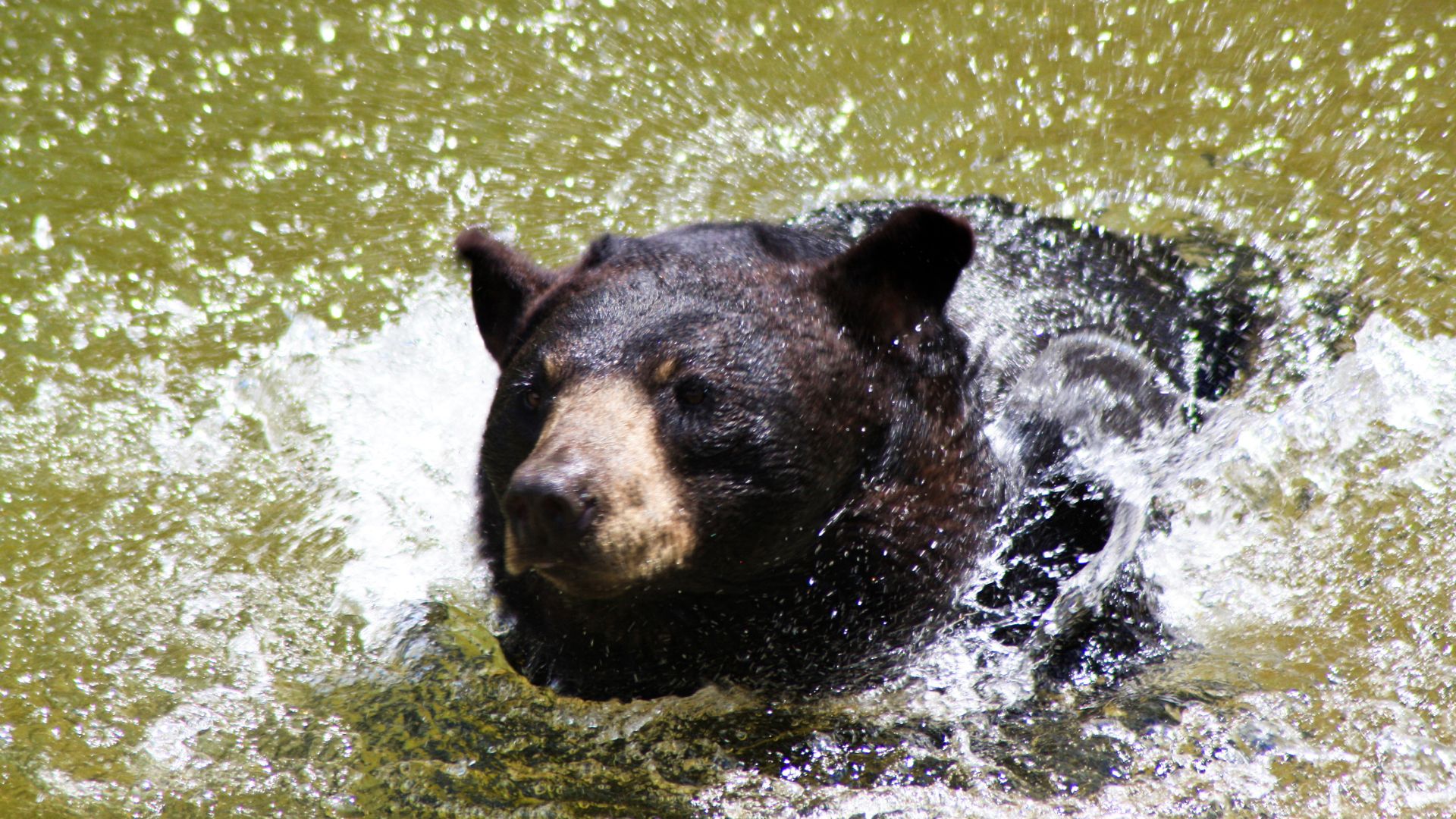
Bears are some of the most iconic and powerful animals in North America, and they can be found roaming freely in many parts of the United States.
From dense forests to rugged mountain ranges, these magnificent creatures play a vital role in maintaining ecological balance. Whether it’s the black bear in the East or the grizzly bear in the West, each species has adapted to thrive in various environments across the country.
1. North Carolina
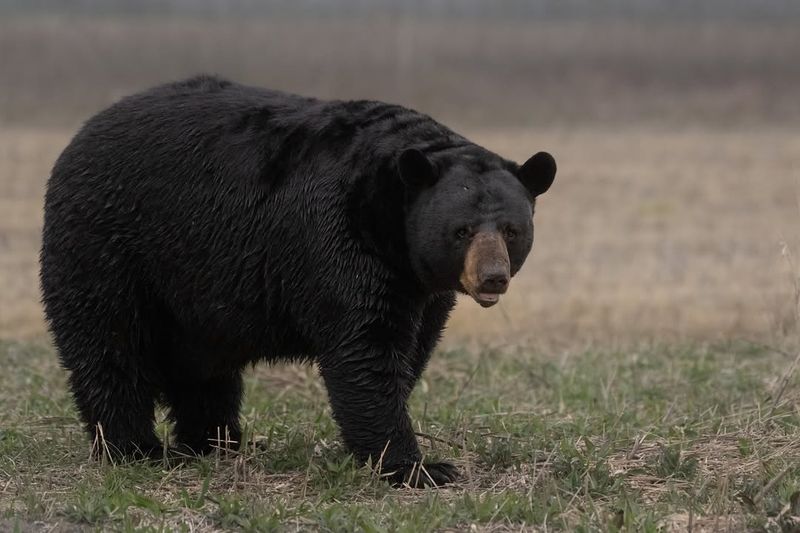
North Carolina is home to a thriving population of black bears, especially in the eastern regions and the Appalachian Mountains. These majestic creatures roam freely in the dense forests and are often spotted near the Great Smoky Mountains National Park.
The state offers a perfect blend of natural habitats, providing ample food and shelter for these animals. Nature enthusiasts can often catch a glimpse of these bears while hiking or exploring the state’s numerous trails.
Bear sightings are common, making North Carolina a must-visit for wildlife lovers keen on observing bears in their natural setting.
2. Maine
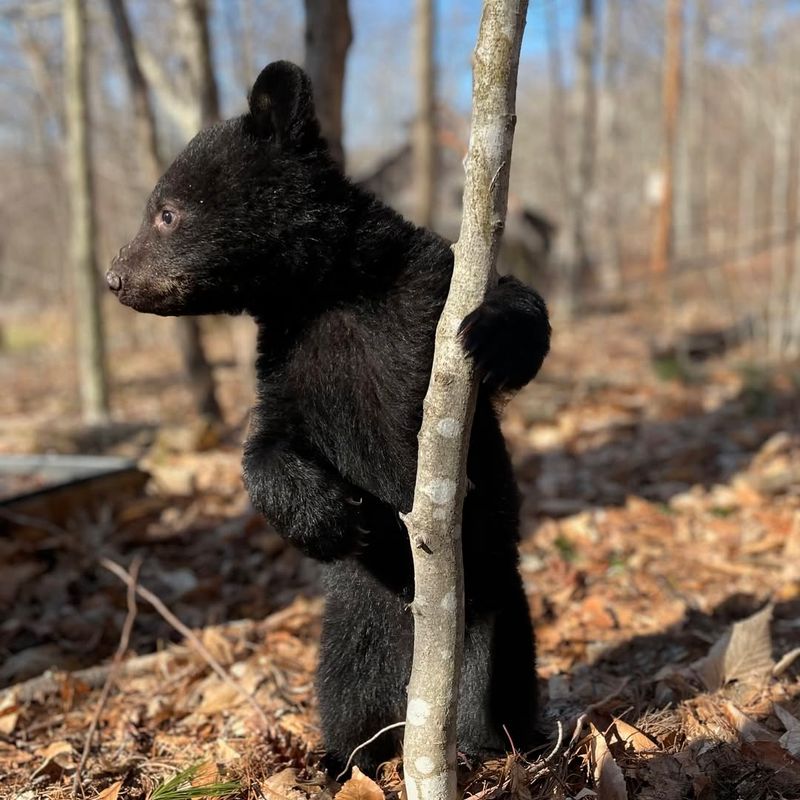
Maine’s vast wilderness provides a perfect haven for black bears. With its extensive forests and plentiful supply of food, the state is a bear paradise. These animals are most commonly found in the northern and western parts of Maine.
The dense woods offer shelter and the state’s lakes and streams provide a refreshing water source. Visitors often embark on bear-watching tours to catch a glimpse of these incredible creatures.
3. Michigan
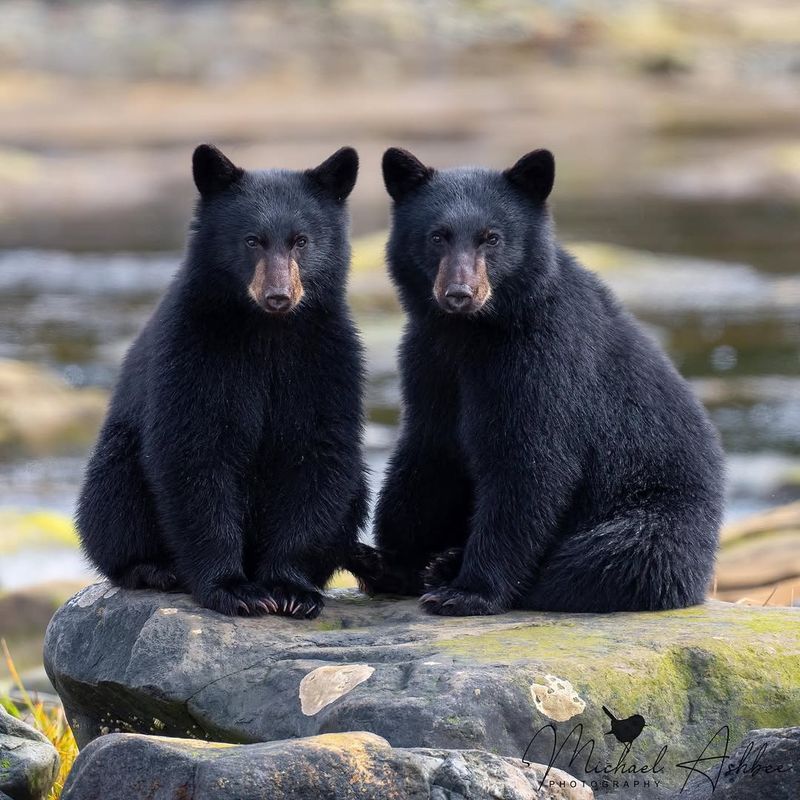
Michigan’s Upper Peninsula is renowned for its black bear population. The region offers vast forests and a mix of deciduous and coniferous trees, creating a rich habitat. Bears are often spotted near the state’s numerous lakes, adding to their allure.
Autumn is a particularly stunning time to observe these creatures as the foliage transforms the landscape into a palette of warm colors.
4. Wisconsin
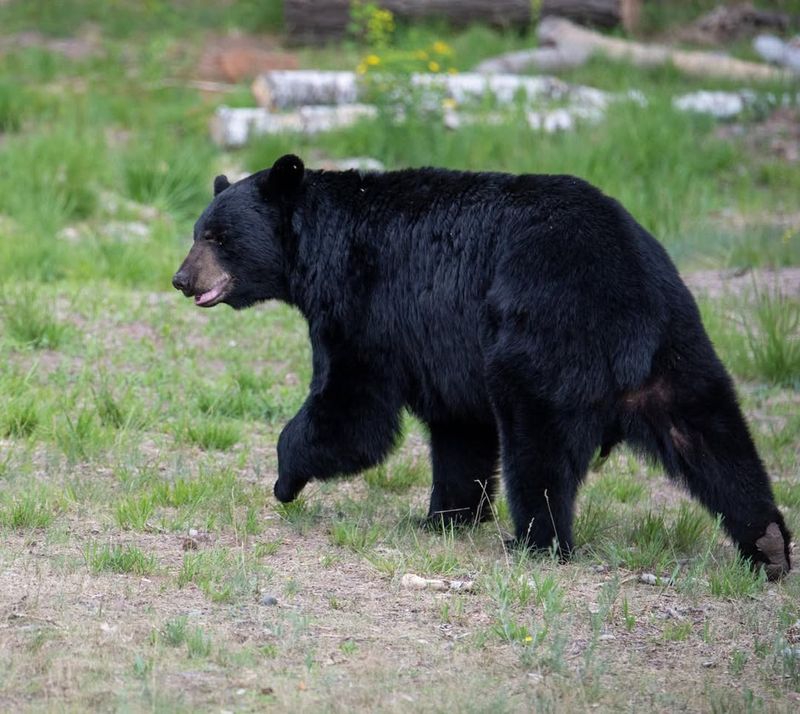
Wisconsin offers a welcoming environment for black bears, particularly in its northern regions. The state’s mixed forests provide ample food and shelter, ensuring a thriving bear population.
Hikers and nature lovers often encounter these majestic creatures while exploring the state’s scenic trails. With a focus on conservation, Wisconsin maintains a balance between human activity and wildlife protection.
5. Minnesota
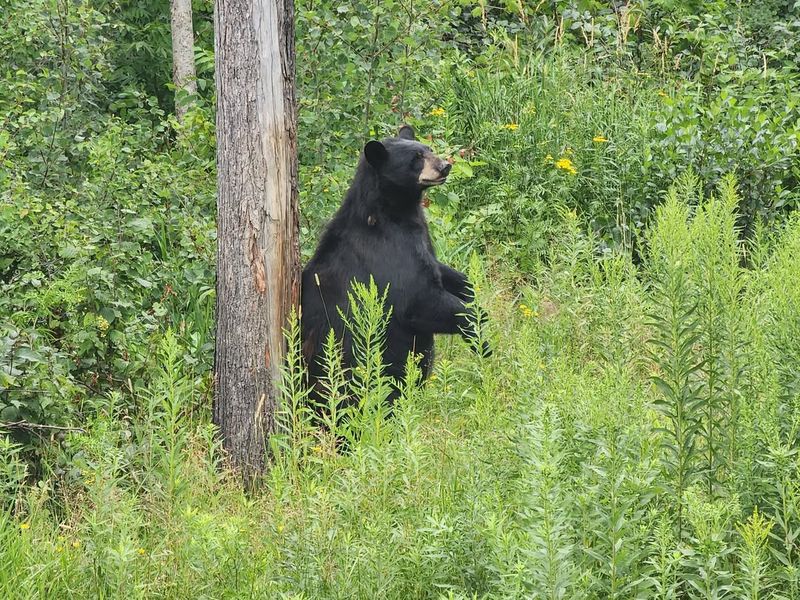
Minnesota, known as the Land of 10,000 Lakes, is also home to a significant black bear population. These bears are mainly found in the northern and central regions, where dense forests and abundant water sources create a perfect habitat.
The state’s natural beauty is further enhanced by the presence of these magnificent creatures. Watching a bear forage or swim in a lake is a memorable experience for any visitor.
6. New Mexico
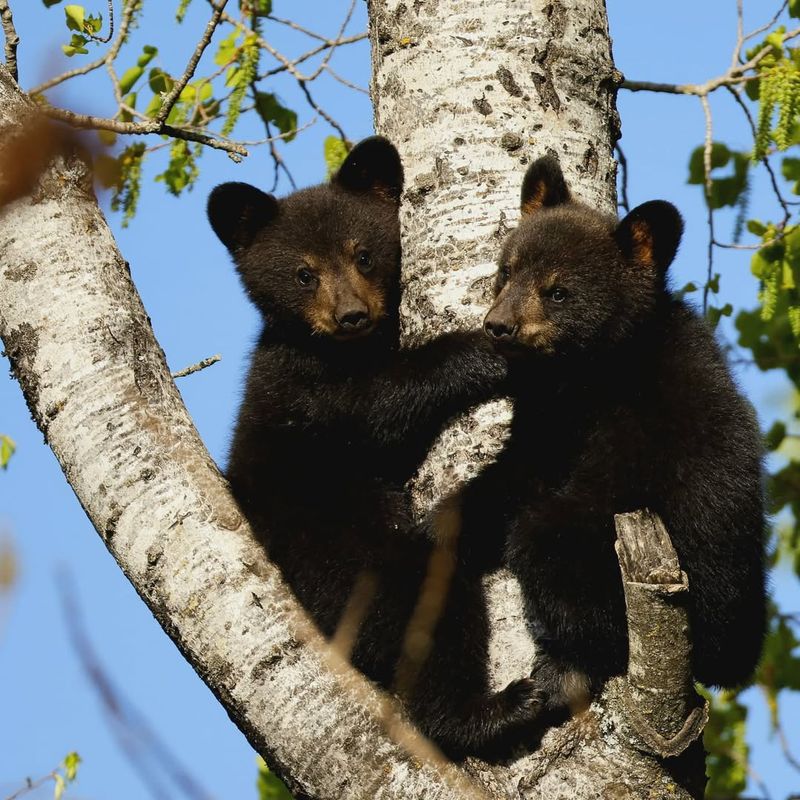
New Mexico offers a unique habitat for black bears, primarily in its mountainous regions. The state’s diverse landscapes, ranging from arid deserts to lush forests, provide a varied environment for these animals.
Bears are most commonly seen in the Sangre de Cristo and San Juan Mountains, where they find shelter and food. The contrasting beauty of the arid lands and the towering peaks adds to the allure of bear watching here.
7. Arizona
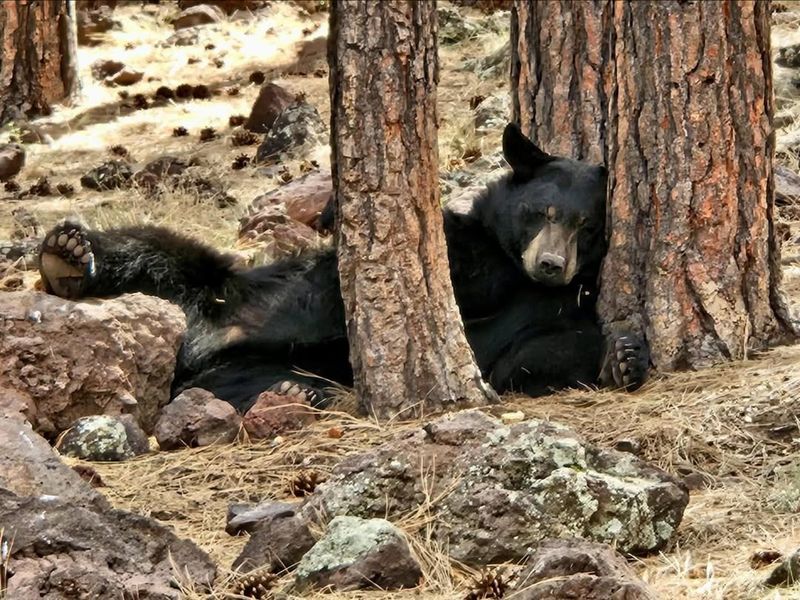
Arizona’s varied landscapes, from deserts to forests, provide a unique environment for black bears. The state’s northern regions, particularly around the San Francisco Peaks, are where these animals are most frequently spotted.
The contrast between the arid desert and lush forest offers a fascinating backdrop for bear sightings. These creatures are well-adapted to the diverse conditions found here.
8. Nevada
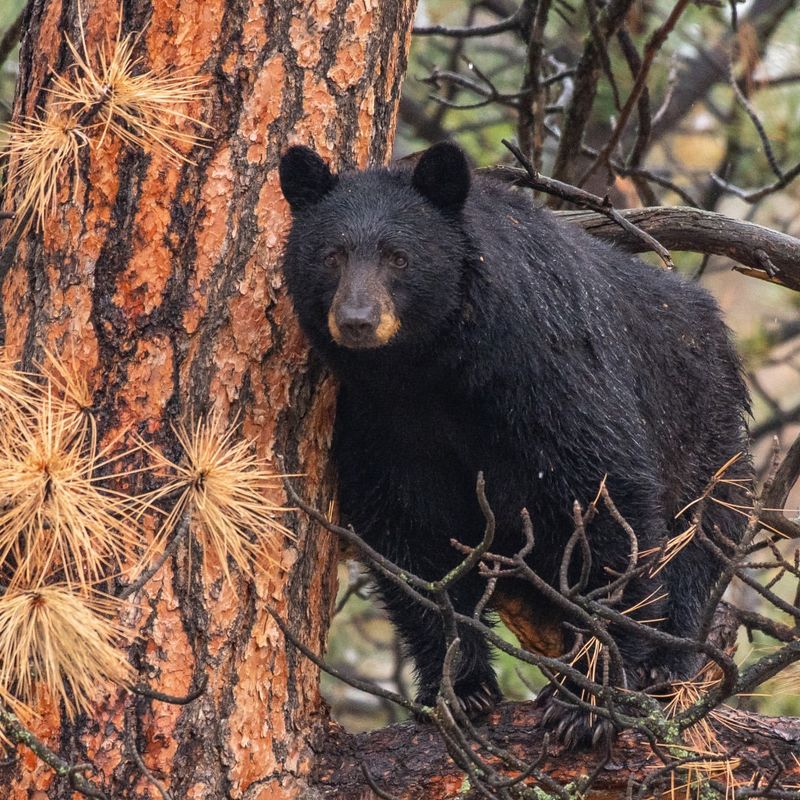
In Nevada, black bears are primarily found in the western regions, particularly near Lake Tahoe. The state’s rugged mountains and sparse vegetation provide a challenging yet suitable habitat for these animals.
Bear sightings are most common in the spring and summer months when they emerge from hibernation. The majestic Sierra Nevada mountains offer a stunning backdrop for observing these creatures.
9. Utah
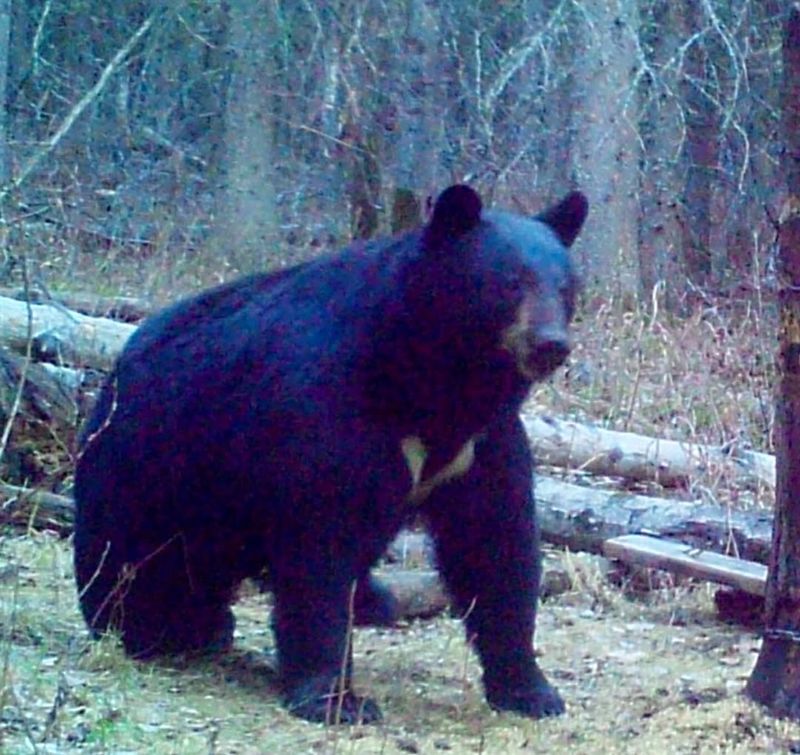
Utah’s diverse landscapes, from red rock canyons to dense forests, provide a unique habitat for black bears. These animals are most commonly found in the northern and central regions of the state.
The state’s commitment to preserving its natural beauty allows bears to roam freely, offering visitors a chance to see them in their natural environment. Bear sightings are a highlight for nature lovers exploring Utah’s scenic trails and parks.
10. Colorado
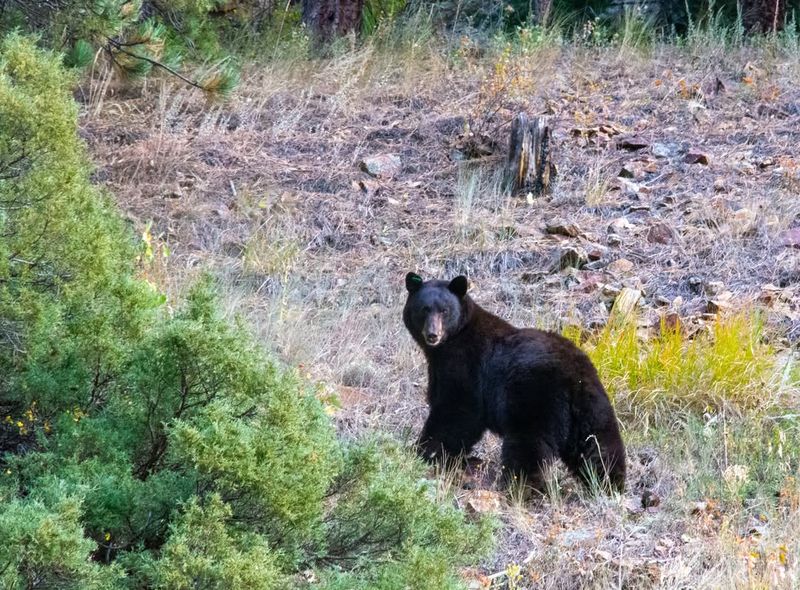
Colorado’s breathtaking landscapes are home to a significant black bear population. These creatures thrive in the state’s mountainous regions, where dense forests and abundant food sources provide an ideal habitat.
The majestic Rocky Mountains serve as a stunning background for observing these animals in their element. Visitors often spot bears while hiking or exploring Colorado’s national parks.
11. California
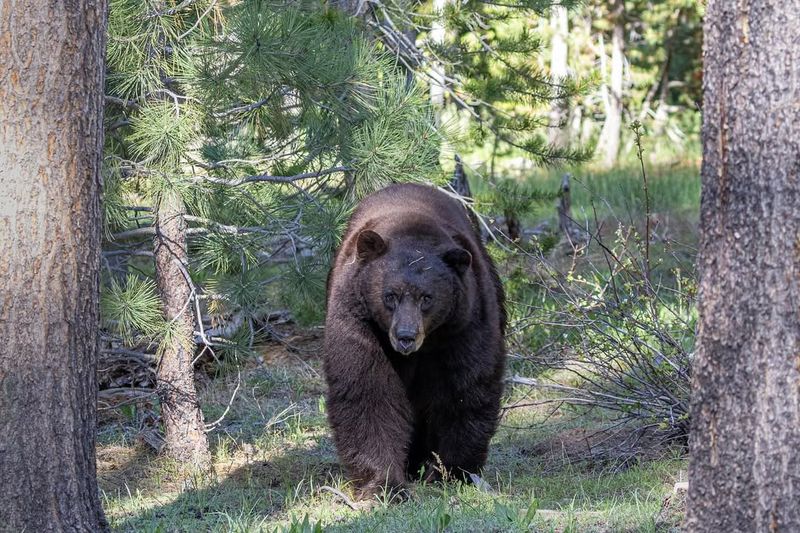
California, known for its diverse landscapes, is a haven for black bears. These animals are commonly found in the Sierra Nevada and coastal areas, where they thrive in the state’s varied ecosystems.
The mix of dense forests and stunning coastlines provides a picturesque setting for bear sightings. Whether hiking in the mountains or exploring coastal trails, visitors have ample opportunities to witness these majestic creatures in their natural habitat, adding a wild touch to the Californian experience.
12. Oregon
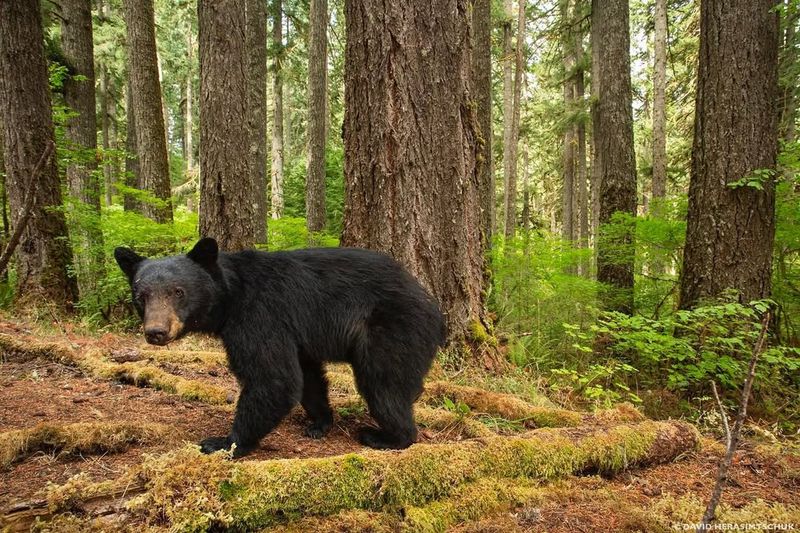
Oregon’s lush forests and varied landscapes make it an ideal home for black bears. These animals are commonly found in the western part of the state, where dense woods offer abundant food and shelter.
The misty mornings and towering trees add a touch of magic to any bear-watching experience. Oregon is a must-visit for those seeking a glimpse of these magnificent creatures in a pristine setting.
13. Washington
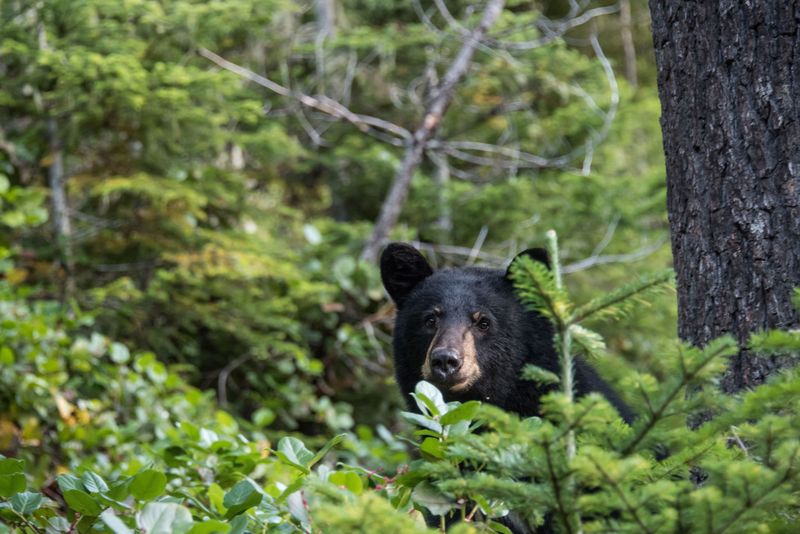
Washington State’s rich and varied landscapes offer a perfect environment for black bears. These creatures are commonly found in the dense forests and mountainous regions, particularly around Mount Rainier and the North Cascades.
Washington’s picturesque settings, with towering evergreens and majestic mountains, provide an unforgettable backdrop for a bear-watching adventure.
14. Idaho
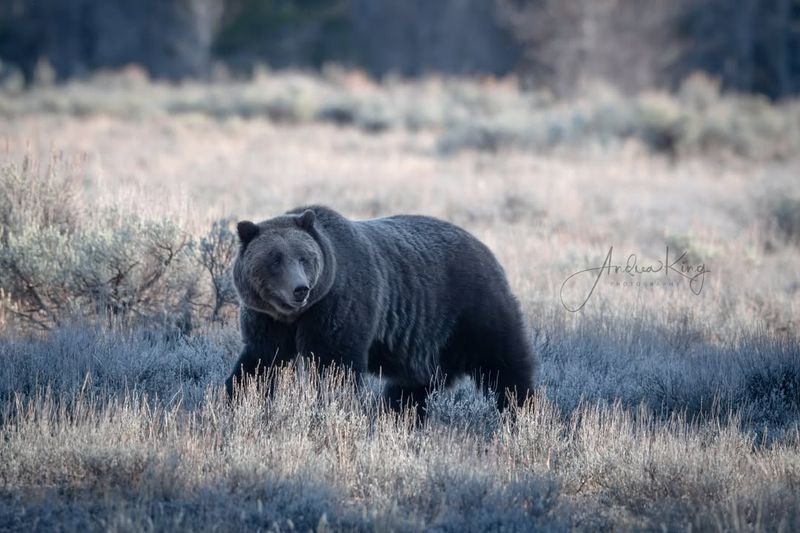
Idaho’s rugged wilderness provides a perfect habitat for black bears. These animals are commonly found in the state’s northern and central regions, where dense forests and abundant food sources offer ideal living conditions.
The majesty of Idaho’s landscapes, with its tranquil rivers and towering trees, provides a stunning backdrop for observing these creatures in their natural environment.
15. Wyoming
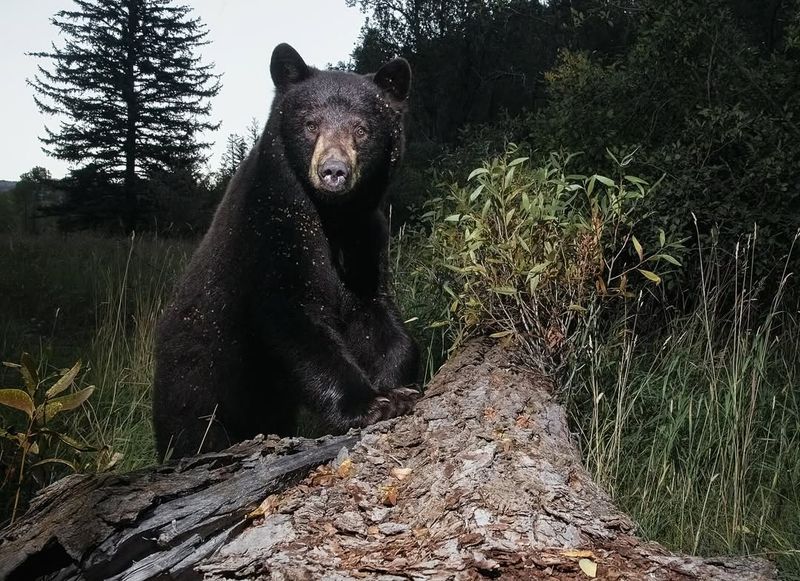
Wyoming’s expansive wilderness is a sanctuary for black bears, particularly in the regions around Yellowstone and Grand Teton National Parks. These areas provide an abundance of food and shelter, allowing the bear population to thrive.
The stunning landscapes, with majestic mountains and serene meadows, offer a perfect backdrop for observing bears in their natural habitat. Visitors can enjoy the wild beauty of these parks and the chance to witness these animals up close.
16. Montana
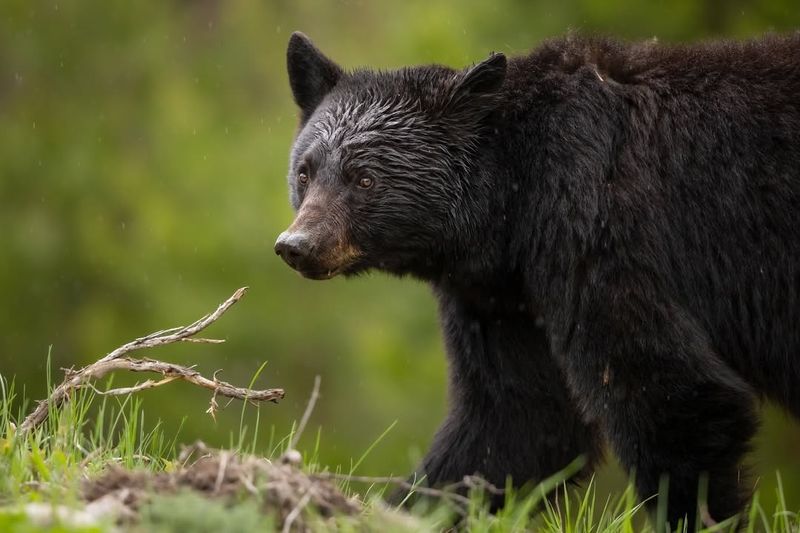
Montana, with its vast wilderness and stunning landscapes, is a haven for black bears. These creatures thrive in the northern and western parts of the state, particularly around Glacier National Park and the Rockies.
Montana’s breathtaking scenery, with towering mountains and lush valleys, provides a picturesque setting for a bear-watching adventure.
17. Alaska
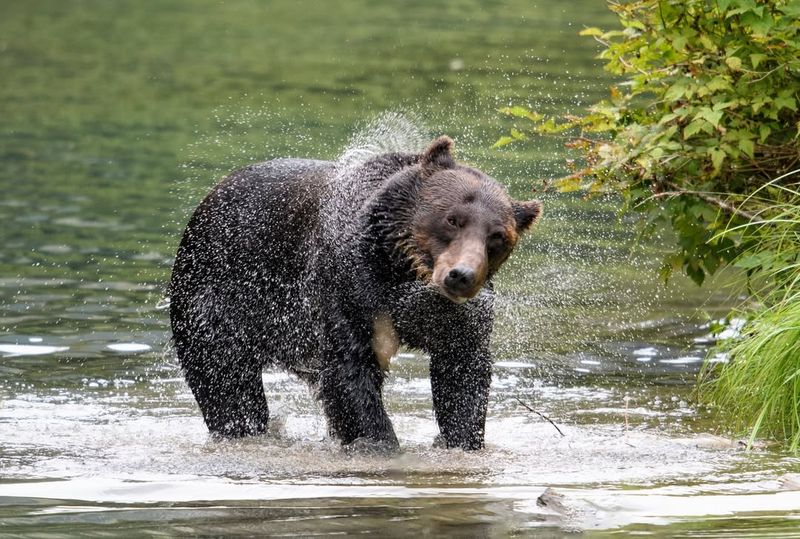
Alaska is renowned for its grizzly bears, which thrive in the state’s vast and untouched wilderness. These majestic creatures are often found in national parks like Denali and Katmai, where they have access to abundant food sources.
The stunning landscapes of Alaska, with its snow-capped mountains and pristine rivers, provide a breathtaking backdrop for observing these powerful animals.
18. Tennessee
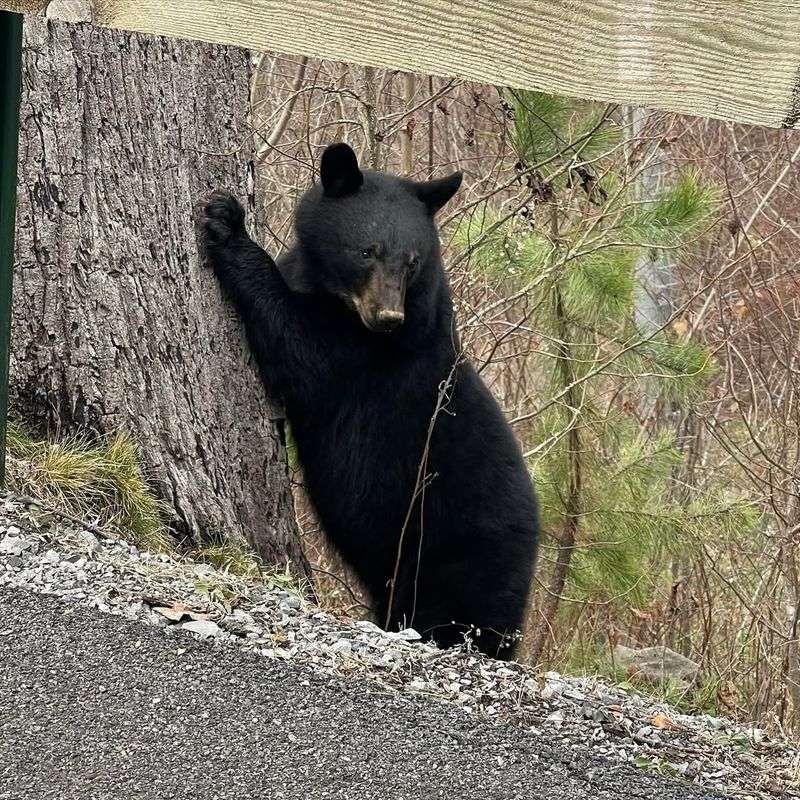
Tennessee, particularly the Great Smoky Mountains, provides a perfect habitat for black bears. These animals thrive in the dense forests and rolling hills, making the state a hotspot for bear sightings.
The lush greenery adds a touch of magic to any wildlife adventure in Tennessee. For those seeking to experience the wild beauty of the Smokies, bear watching is an unforgettable highlight.
19. Kentucky
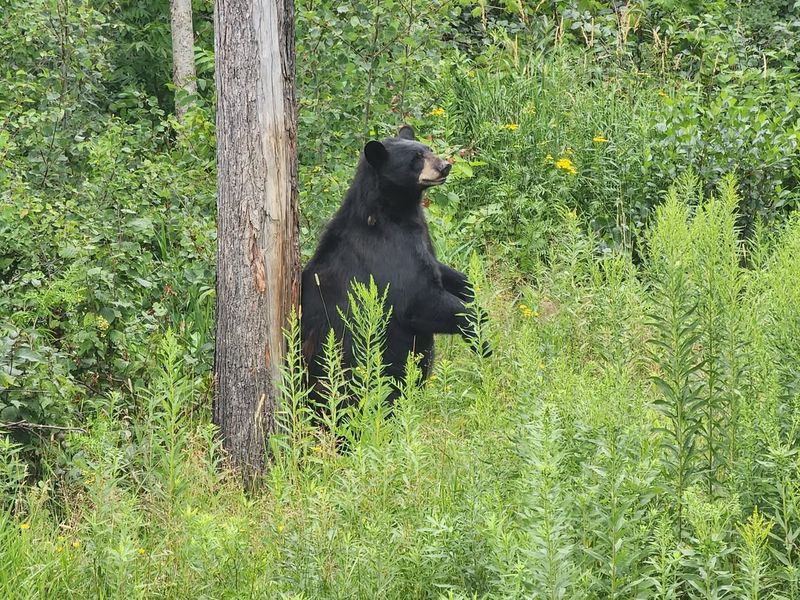
Kentucky’s eastern regions, particularly the Appalachian Mountains, are home to a growing population of black bears. The state’s lush forests provide an ideal habitat, allowing these animals to thrive.
The stunning landscapes of Kentucky, with their dense woods and rolling hills, provide a picturesque setting for a bear-watching adventure, making it a must-visit for wildlife lovers.
20. Pennsylvania
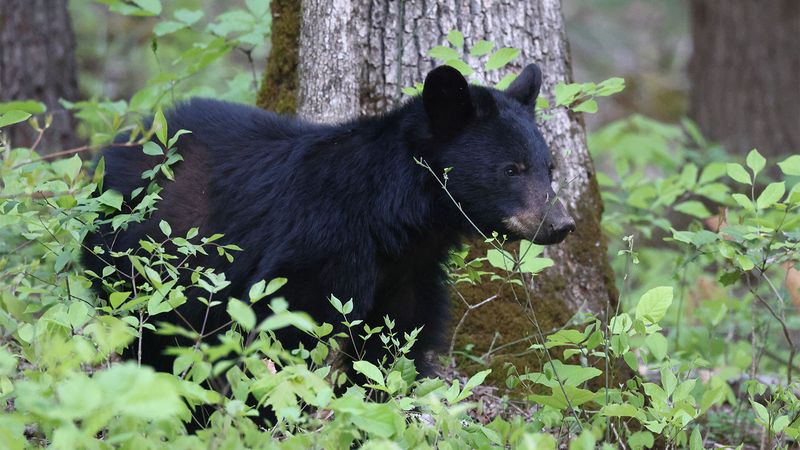
Nestled in the heart of the eastern U.S., Pennsylvania is a surprising haven for the American black bear. With its vast woodlands, such as the Pocono Mountains, it offers a tranquil retreat for these creatures. The bear’s presence is woven into the fabric of local folklore, often seen as a symbol of strength and solitude.
Did you know? Pennsylvania hosts an annual bear hunting season, a tradition that dates back decades. These hunts are carefully regulated to ensure population balance, reflecting the state’s commitment to wildlife conservation.
Visitors might just glimpse a bear wandering through the misty morning woods.
21. Virginia
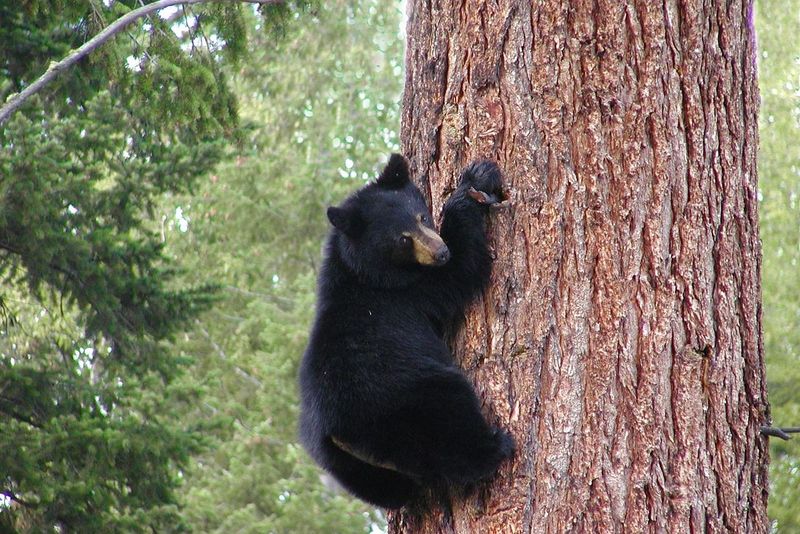
Amidst the rolling hills and lush landscapes, Virginia is a state where black bears roam freely. Shenandoah National Park serves as a sanctuary, offering vast expanses of protected land. Here, bears can be seen foraging for berries or ambling through the colorful fall foliage.
Virginia’s connection with bears is historically rich, celebrated in Native American stories and early settler tales. These narratives paint the bear as a creature of mystery and power.
For nature lovers, spotting a bear in Virginia’s wild is a thrilling experience, a brief encounter with the untamed world.


